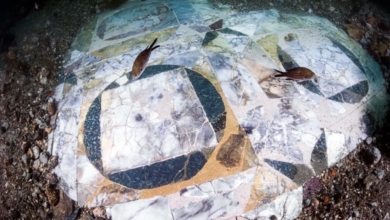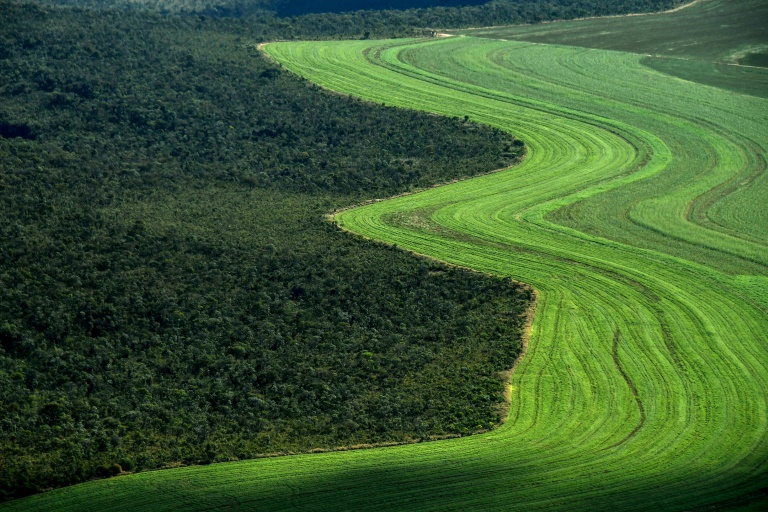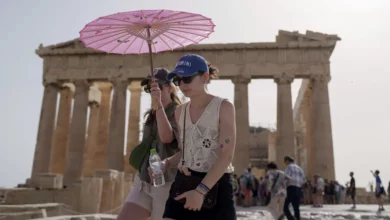You need only walk down the main street in Catania, Via Etnea, to feel vividly as if you are walking down Talaat Harb in Cairo or Hamra in Beirut. The main difference between Catania, the second largest city in Sicily, and those Middle Eastern capitals is that instead of hearing and reading Arabic, it’s Sicilian. But even the Sicilian language includes plenty of Arabic influence. In fact, the drink for which Sicily is most famous–and rightfully so–is Marsala wine, a sweet, fortified wine originating in the city of Marsala in southern Sicily. The name comes from Arabic: marsa Allah, or port of god. Prices are also much nearer Cairo or Beirut than expensive European cities like Paris, London, and Rome.
If you’re walking down Via Etnea, you probably arrived in Catania by plane from Rome, unless you prefer an 11 hour train ride to a 45-minute flight. The price is about the same.
If you decide to turn down one of the streets running off Via Etnea and venture into one of Catania’s more humble areas, you will be greeted with sights similar to what you would see in Cairo. Young men sell fresh bread on the street, or watermelons out of the back of a pickup truck driven in from the fertile country, a small fruit and vegetable store with more of its products on the street than inside, a group of young boys playing football in any small area they can find.
If you go deeper in, you may come upon a poor area, strikingly similar to the ‘ashawiyaat of Egypt. Residents live in crumbling exposed-brick buildings of three stories or fewer, packed together tightly with only small alleys running between them. Here there are more people in the streets, talking animatedly or going about their business, their clothes hanging above them drying in the hot Sicilian air.
If you are interested in seeing how Sicily’s bourgeois live, you can head up Via Etnea to one of the wealthier areas located close to the sea. As you enter this area you will most likely be surprised at the width of the street, and at the buildings, all of which appear to have been built recently. Their ground floors are occupied by high-end clothing retailers, like Armani, Dolce & Gabbana, and Gucci. When you look at these buildings, you can’t help but be repulsed at the opulence and gaudiness, especially in comparison with the tasteful buildings that line Via Etnea.
On your way back to that main street, it’s likely you will see a group of wealthy youth sitting by their Vespas, talking, and drinking sodas from a nearby kiosk. Soon you get back to Via Etnea and may decide to take a walk down Viale Regina Margherita, a street occupied by a beautiful park, and then a row of several villas teeming with greenery, the sign of a bourgeois area, yet much older and more beautiful than the one you have just come from.
Palermo, the capital of Sicily, is also its largest city. Palermo is located on the northwest coast of the island. Traveling between these two cities by train, you will have to transfer several times, often in the middle of the open country with no sign of civilization nearby except the small train station in which you will wait for the next train, which will contain at most two or three cars.
Perhaps while waiting in Caltanisetta, one of the two transfers between Catania and Palermo, you will strike up a conversation with a fellow traveler to Palermo, or gaze at the scenery, the mountains and valleys around you which look especially dull if the wheat has recently been harvested. But if you try to relax and light a cigarette, you will be fighting against nature. A strong wind persistently blows across this train station in a deserted valley.
Once you arrive in Palermo and have time to get a look at the city, perhaps from a balcony, you will see the several high mountains that surround it. Small villages are visible in the afternoon sunshine on the tops of many of the mountains. The mountain that borders the sea, which is shear on one side, looks particularly treacherous. It seems only logical that all that can be seen on it are various large antennas at the top and an extremely large villa in the middle, which you assume to be a hotel. Yet if you were to take a second look at this same mountain, once the sun had set and the noise of Palermo’s youth riding around on Vespas starts to dominate the cool night air, you would see the mountain spotted with lights of habitation on it’s right side.
The city itself appears completely deserted on Sundays, with almost every shop and store closed for the day. However, if you walk around on Sunday you may stumble upon the Sicilian version of souq el-gomaa, set up in any free space large enough to hold the multitude of sellers and buyers. After a visit to the market, the afternoon sun will surely be high in the sky, and perhaps during this hot afternoon you may want to take a break and get something to eat.
The easiest thing to do, and perhaps also the most satisfying, is pick up a hard, dark loaf of Sicilian bread and accompany it with some of Sicily’s delicious seafood, such as succulent mussels, or perhaps tuna kept tender and sweet by olive oil, or even better with mozzarella di buffalo siciliano, Sicilian buffalo’s milk mozzarella. Be sure to wash your meal down with some of Sicily’s Nero d’Avola red wine or perhaps with some orange juice produced from Sicily’s famed oranges.
If Palermo is the last Sicilian city you’ll see before going home, your trip to the airport will predictably be seen as an annoying chore, especially because it is located 30 kilometers from the city. Yet while you ride to the Catania airport, you will surely be struck by the beautiful scenery around you, imposing green mountains, the beautiful Mediterranean Sea on your right side, and small, old vine covered houses on the sea. If you decide to relax at the airport’s open-air area overlooking the Mediterranean, you will come to the conclusion that what you thought would be a chore instead became a pleasure.




